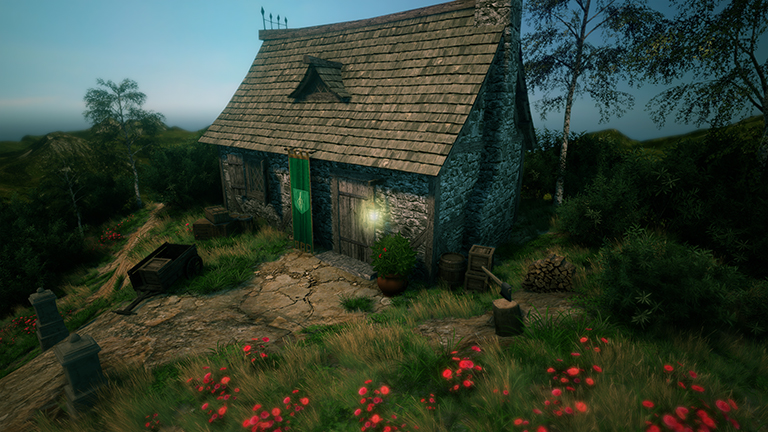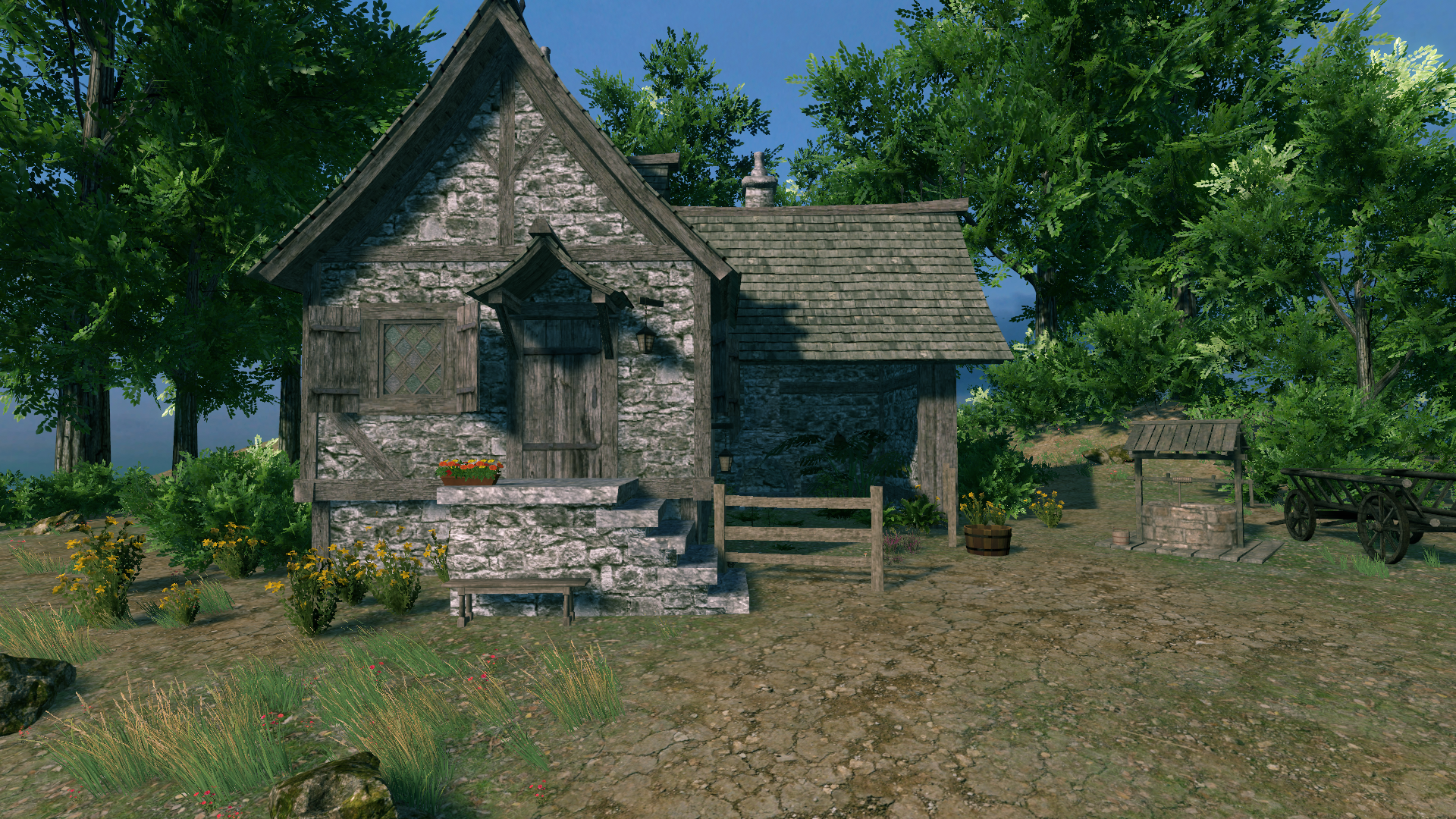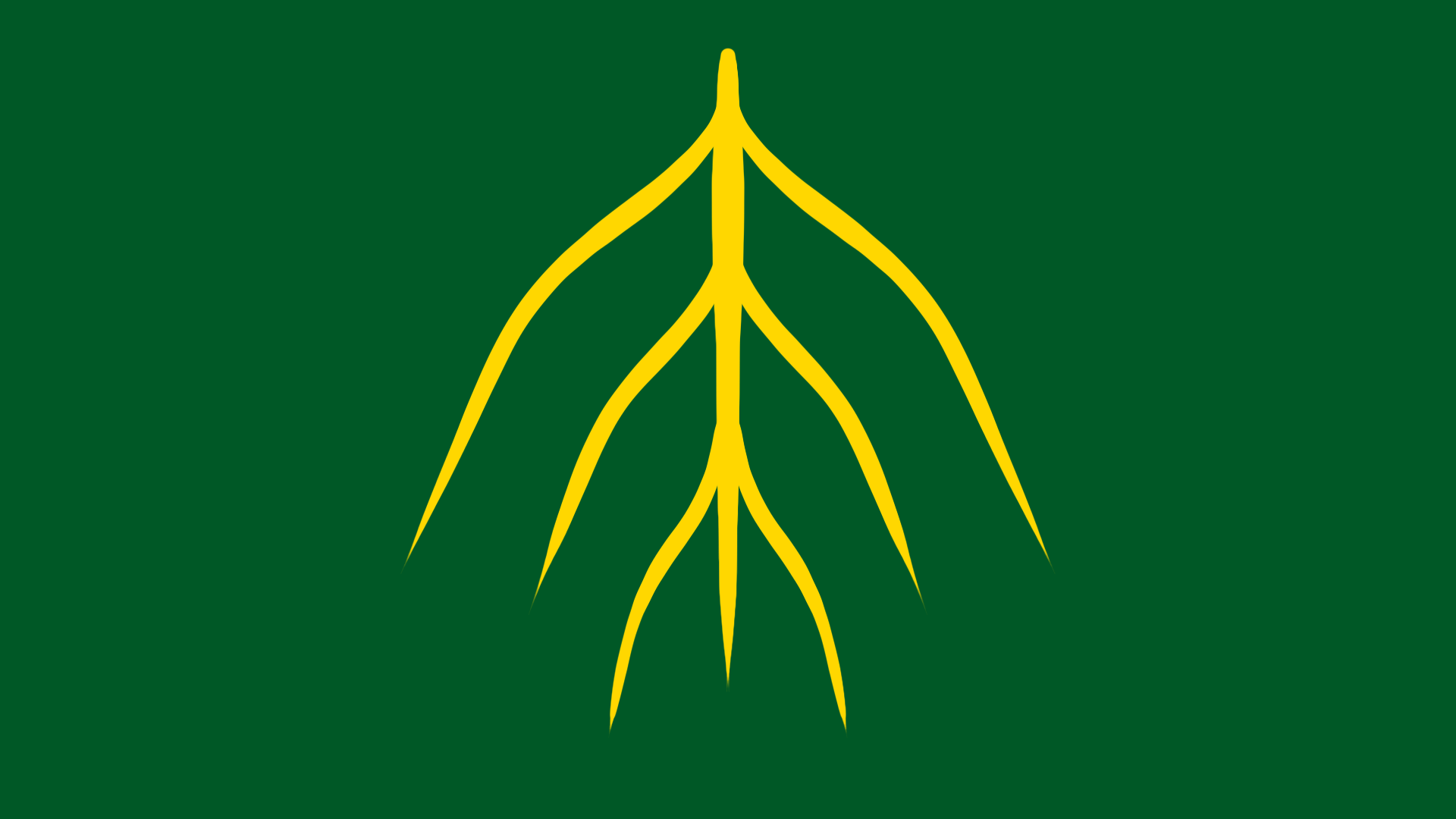Healing Houses
Bring all to the hands of Greenroot’s power, so they may bloom anew.
~~ Mephedioh, Condi healer
Healing houses are small buildings designed to care for the sick, normally in rural areas of the Jonna Empire countries, Condioh and Rikondi. Most of these healers follow the Greenroot traditions of healing.
In this document:
all artwork by Shanda Nelson
History
Mephedioh created the first healing house as an act of redemption. The daughter of a wealthy and politically connected Condi family, she schooled at the famous lightarts academy, Caphisse, and graduated with exceptional healing ability. The throne immediately snatched her up, then sent her to the front lines in Yerrist. Offended at the lack of respect, and detesting the common soldiers she was forced to heal, she turned her back on them all and prepared to wait out the rest of the war in her tent. That did not sit well with General-artiste Shaol, and he sent her home, hoping to shame her. Word spread quickly of her callousness, and Caphisse, hoping to preserve its reputation, denounced her and expelled her siblings. Her family, in turn, disowned her and the throne took her title and stipend. Desperate, Mephedioh turned to a fairy tale and sought the sylf-touched Willow of Waylight, which was supposed to bring luck to the bearer. After many trials and an epic fight with a sylf-summoned creature, she retrieved it and used its power to heal her injured companions. Curious as to its strength, she sought out the sick and injured, and if she touched them while holding the artifact, they immediately healed. Soon people sought her out for miracles. Her companions built a small, comfy house where she met with her sickest clients. The house had a central room with beds and a special stand for the artifact, a space to the back with a wide selection of healing materials and tools, and a store where the cured could purchase small knickknacks as mementos of their miraculous healing. Healers came to study with her, and when they returned to their respective communities, they built healing houses of the same design and size. Influenced by the healing house idea, Jonna Empire generals built them in rural places they saw as advantageous for sending their soldiers to receive help. A few of these grew into larger sites, but most remained small and comfortable places of healing.The Willow of Waylight disappeared from Mephedioh's Healing House during the first battles to form the Jonna Empire. Mephedioh's descendants claim that Giarel sent siojhetioxh to steal it and use it to keep important military officers alive. Since this was anathema to the legends surrounding the artifact, it vanished.
Jonna leaders blamed Mephedioh's family for secreting it away, and attempted to arrest her great-granddaughter, Ruvioh. She fled to Rikondi to escape execution, where the powerful Muihiendioh family took her in, and to this day, rumors abound that the Willow is in their vault.
Modern Houses
Healing houses are found in smaller rural centers. They are manned by hearth healers skilled in plant-based care, though several do have someone who can heal through magick. The houses are a way for common folk to access healing services without needing to travel great distances. Because of this, and in order to function, most receive a stipend from the local or central governments. The money pays for upkeep, supplies and employee pay. Countries have strict laws concerning healing houses. They are based on Jonna rules and regulations as well as Greenroot healing traditions, and seek to mitigate Mephedioh wanna-be's from denying healing care to the poorer members of communities. Most have extensive inspection requirements, with a central healing authority hiring inspectors. Unfortuntaly, while these codes are law, they are rarely enforced by either inspectors or local governments. Healing houses functionally govern themselves, and not all are interested in following the Code of Healing when profits loom large.Many healing houses are linked to religious orders. These tend to follow the Code of Healing while their independent counterparts seek profit over health.
The Sheune are the foremost example of healing cults.
Some houses employ a traveling healer who visits households in the outskirts of the community to bring healing help. These healers are wielders, and employ offensive and defensive magicks to keep themselves safe from bandit and creature. They typically have at least one companion.
Code of Healing
- Help all in need
- Help those with the greatest need first
- Keep the house in good repair
- At least ten beds are required, more if space allows
- Follow the Care of Healing Plants recommendations for storage of plants and herbs
- Follow the Ministrations Using Healing Plants for recipes and advice
- Use as many local plants as possible. Less common items will be purchased by the government entity and sent to each house based upon potency regulations
- All permanent healers, be they hearth or mystery artist, must swear to the Oath of Greenroot to practice within a house
- Any healer who has sworn the Oath of Greetroot but failed to live up to its tenants will be immediately barred from practice, and any stiped withdrawn
- If a house is destroyed, the permanent healers are required to find a temporary place of practice until another house can be built






Comments